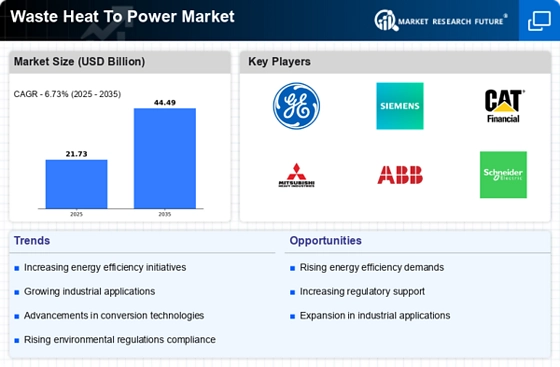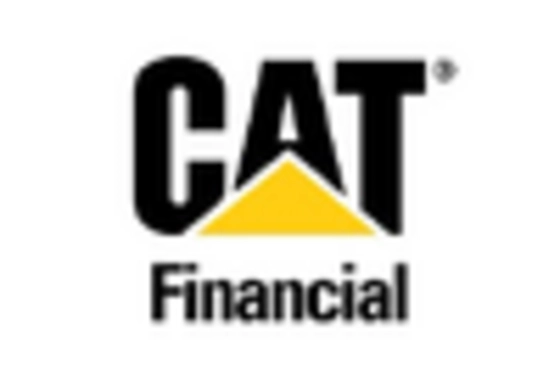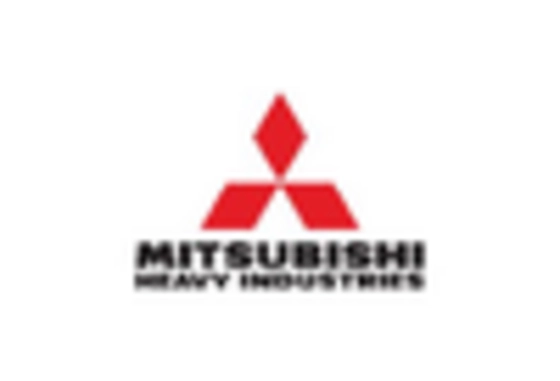The Waste Heat To Power Market is projected to grow from USD 19.07 billion in 2023 to USD 34.3 billion by 2032, exhibiting a CAGR of 6.73% during the forecast period. Rising concerns about climate change and the need to reduce carbon emissions are driving the adoption of waste heat recovery technologies. Government initiatives and regulations promoting the use of renewable energy sources are further supporting market growth.
Key players in the market include Siemens, GE Power, and Mitsubishi Hitachi Power Systems. Recent developments include the launch of new waste heat recovery systems with improved efficiency and the establishment of partnerships between technology providers and end-users to drive project development.
The chemical producer Jiangyin Xingjia New Material Co. which Exergy International reached an agreement with whom November 2021, specializes in PTA, polyester films resins and fibers. Further, the contract includes the design and eligibility for a 5.8 MWe waste heat recovery unit for their new pet production facility in Jiangyin, China. The project comprises the engineering and supply of two (2) 2.9 MWe ORC units based on the Radial Outflow Turbine technology, which utilizes non-flammable refrigerants.
This system would make it possible to convert low-pressure steam from PET processing into electricity, which is expected to reduce more than 17,000 tons of CO2 emissions every year.
In August 2023, Siemens’s new line monitoring relay generation was introduced. The SIRIUS 3UG5 line of monitoring relays incorporates well-established technology and modern innovations in features and applications.
In July 2023, Yokohama City Government, Tokyo Gas Co., Ltd. (Tokyo Gas), Mitsubishi Heavy Industries, Ltd. (MHI), and group company MHI Environmental and Chemical Engineering Co., Ltd. (MHIEC) are scheduled to commence running a demonstration experiment of the process of capturing and using CO2 (note 1) in which CO2 contained in flue gas from a municipal waste-to-energy plant is captured and sent to the of Tokyo Gas in a demo location for methanation (note 2).
In September 2022, Mitsubishi Heavy Industries launched a binary power generation system that is based on ORC technology. This system utilizes waste thermal energy from engines that run on a fuel that has no sulfur content. The portfolio consists of three models with rated outputs between 200 kW and 700 KW, whose applications encompass powering different types of vessels.
In April 2022, company Climeon AB presented the Climeon HeatPower 300 Marine to the cruise industry during Seatrade Cruise Global in Miami. This is the latest product of the company concerning heat power generation. The Climeon HeatPower 300 Marine is a ‘waste heat recovery’ product that is mainly used for capturing and reusing onboard generated low-lying waste heat in a marine environment.
The collaboration between Siemens Energy and TC Energy Corporation, a Canadian firm that was announced in February 2021, included a contract aimed at setting up a novel waste heat to power pilot installation in Alberta. At the core of the complex will be Siemens Energy’s heat recovery process. The Griebel patent, exclusively licensed to Echogen Intellectual Property, employs supercritical carbon dioxide as the working fluid. Power is produced from waste heat by means of a modified Rankine Cycle, which has been further accentuated.

















Leave a Comment